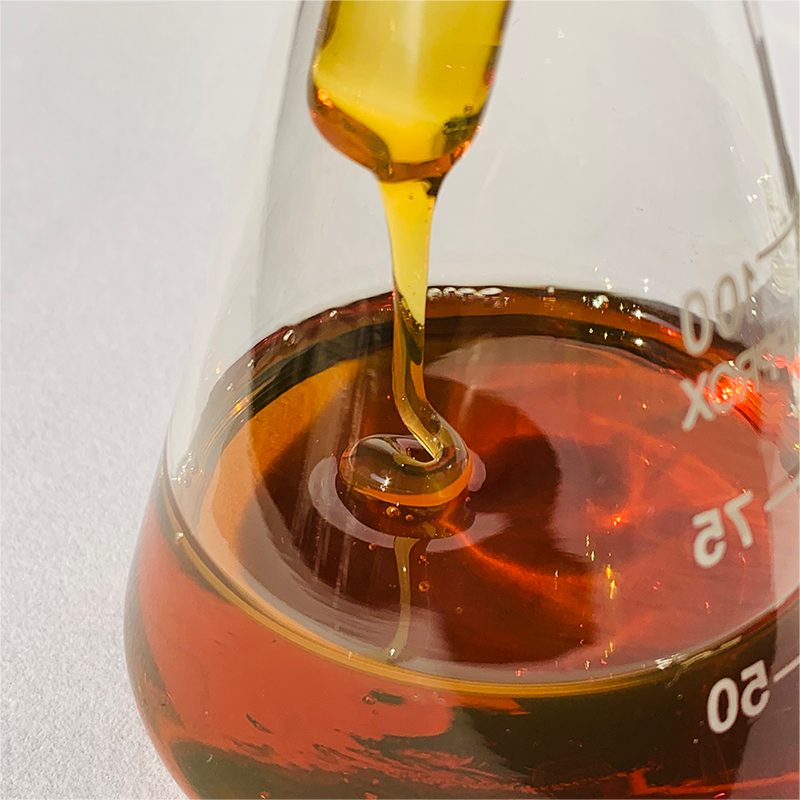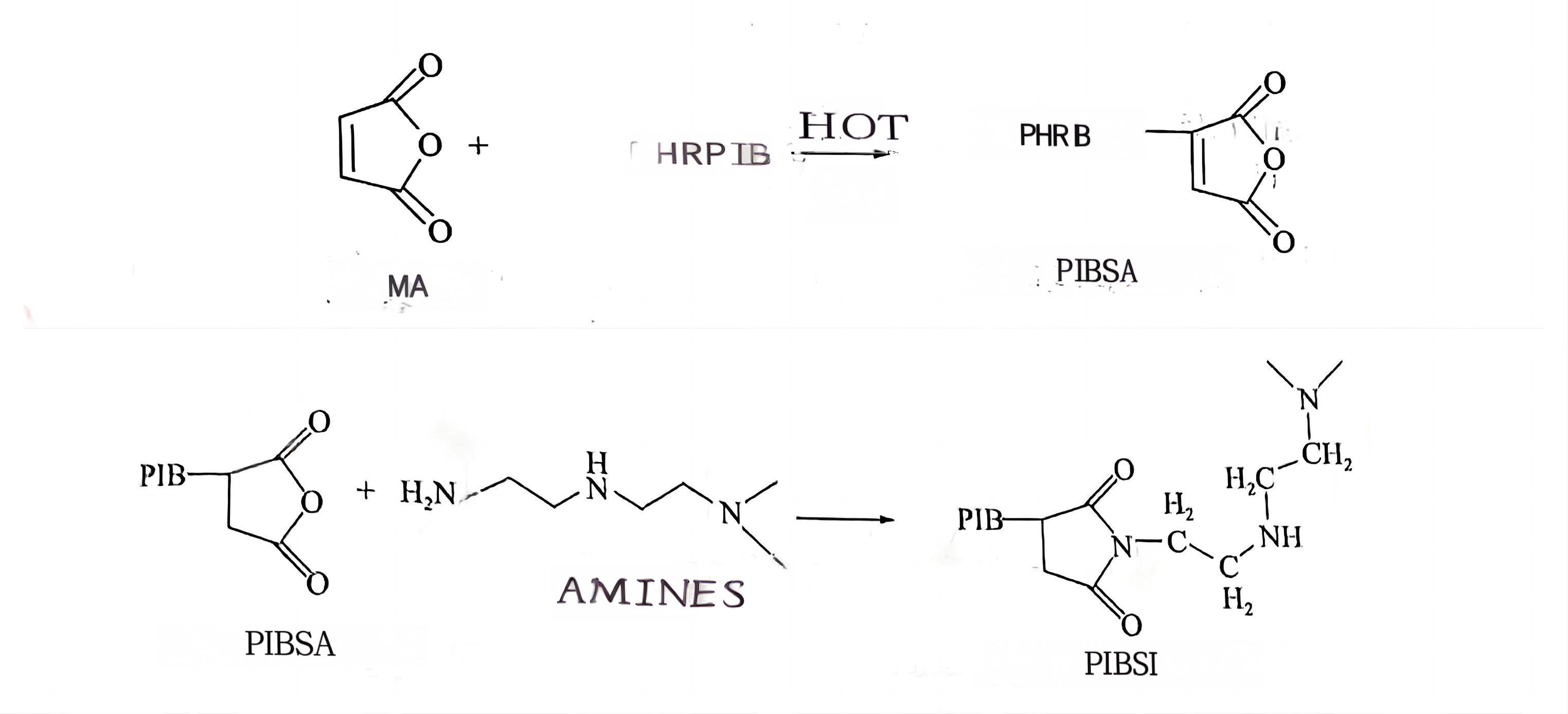What Are Dispersants in Engine Oil?
Time:
2025-08-09
What Are Dispersants in Engine Oil?
Understanding Dispersants in Engine Oil
Dispersants are essential lubricant additives designed to keep engines clean and running smoothly. They work by suspending microscopic contaminants—like soot, sludge, and oxidation byproducts—within the engine oil so they don’t stick to engine parts. This ensures that the oil remains fluid, contaminants remain evenly distributed, and the filter can remove harmful particles effectively.
In simple terms, dispersants act like a microscopic cleaning crew. Instead of letting dirt clump together and form deposits, they keep particles apart, allowing oil to carry them safely until the next oil change.
Why Engine oil Need Dispersants?
Modern engines operate under high temperatures and pressures, conditions that make oil degradation inevitable. Over time, fuel combustion produces carbon, varnish, and sludge. If left unchecked, these contaminants stick to pistons, valves, and other vital parts, reducing efficiency and potentially causing costly damage.
That’s where dispersants step in. By preventing sludge formation and deposit buildup, dispersants ensure:
-
we need longer oil life, contributing to environmental protection
-
Improved fuel economy.
-
Reduced maintenance costs.
-
Enhanced overall engine reliability.
Types of Dispersants in Engine Oils
Ashless Dispersants Explained
Ashless dispersants—such as those made from polyisobutylene succinimide also call PIBSI — are popular in modern lubricants. They’re called "ashless" because they don’t contain metal-based additives that could leave behind abrasive ash when burned. This is especially important in high-performance engines, where ash deposits can cause pre-ignition or block exhaust after-treatment systems.
The pibsi dispersant is a type of ashless dispersant derived from polyisobutylene and succinic anhydride, polyisobutylene succinic anhydride is a chemical intermediate produced by reacting highly active polyisobutylene with succinic anhydride at high temperatures, which is then further synthesized with amines to produce PIBSI dispersant. combined with an amine. This reaction forms a polyisobutylene succinimide (PIBSI), which effectively captures and suspends engine contaminants. PIBSI dispersants are known for their strong sludge-prevention properties, thermal stability, and compatibility with other lubricant additives.
They are widely used in:
-
Passenger car motor oils
-
Heavy-duty diesel oils
-
Marine lubricants
-
Industrial engine lubricants
The specific types of PIBSI dispersants can be roughly divided into the following categories:
- T151 Polyisobutylene mono succinimide
- T154 Polyisobutylene bis succinimide
- T154S Polyisobutylene succinimide - high content
- T154B Boron- modified polyisobutylene bis succinimide
- T161 High molecular weight pibsi dispersant
- T161B Boron- HMW- pib succinimide- dispersant
How Do Dispersants Work in Engine Oil?
Dispersants in engine oil operate on a simple but effective principle: surround and separate contaminants so they remain suspended in the oil instead of sticking to engine parts.
When combustion produces soot or varnish precursors, dispersants attach to these particles. The oil’s flow then carries them through the lubrication system until they’re removed by the filter or drained during an oil change.
Key benefits of dispersant action:
-
Sludge prevention: Stops particles from clumping together.
-
Deposit control: Prevents carbon buildup on pistons and valves.
-
Enhanced oil circulation: Keeps oil flowing freely through all engine channels.
How to Manufacture Dispersant PIBSI?

Raw Materials for PIBSI Production
The main ingredients in PIBSI manufacturing include:
-
Polyisobutylene (PIB): The backbone molecule, available in different molecular weights.
-
Succinic anhydride: Reacts with PIB to create a functional intermediate.
-
Amines: Convert the intermediate into a polyisobutylene succinimide dispersant.
Step-by-Step PIBSI Manufacturing Process
-
Chlorination of PIB (optional): Improves reactivity for the next step.
-
Maleation: PIB reacts with maleic anhydride to form polyisobutylene succinic anhydride (PIBSA).
-
Amidation/Imidation: PIBSA reacts with an amine to form polyisobutylene mono succinimide or polyisobutylene bi-succinimide, depending on the desired product.
-
Purification: Removing unreacted materials and byproducts.
-
Blending and packaging: Preparing the final dispersant product for shipment.
Quality Control in PIBSI Production
To ensure consistent performance, manufacturers test for:
-
Nitrogen content
-
Molecular weight distribution
-
Viscosity
-
Thermal stability
-
Solubility in base oils
Frequently Asked Questions (FAQs)
1. What is a PIBSI dispersant?
Pibsi dispersant is a lubricant additive made from polyisobutylene and succinic anhydride, reacted with an amine to produce a polyisobutylene succinimide. It helps keep engines clean by suspending contaminants in the oil.
2. Why are ashless dispersants important in modern engines?
Ashless dispersants, like ashless dispersants PIBSI, prevent harmful deposits without leaving behind metallic ash, which could harm sensitive engine components or emission systems.
3. What is the difference between polyisobutylene mono succinimide and polyisobutylene bi-succinimide?
The mono version has one succinimide group, while the bi version has two, offering potentially greater dispersant efficiency depending on the application.
4. Can I buy lubricating dispersants directly from a manufacturer?
Yes. Many china lubricating dispersants suppliers and global manufacturers offer dispersants in bulk for blending into lubricants.
5. How do dispersants differ from detergents in engine oil?
Detergents neutralize acids and clean hot metal surfaces, while dispersants suspend solid contaminants to prevent deposit formation.
6. Do all lubricants contain dispersants?
Most modern engine oils, especially those meeting current API and ACEA specifications, contain dispersants — often in the form of polyisobutylene succinimide dispersants.
Previous page
Next page
Previous page
Next page
PRODUCTS CENTER
MORE BLOG
2025-08-09
2025-08-08
CheMost
CheMost Additives CO.,LTD
ADDRESS: CheMost Additives CO.,LTD, Jinzhou city, Liaoning provice, China
To learn more about CheMost, please click the button to contact us anytime.
Get product catalogCopyright© 2025 CheMost Additives CO.,LTD
Website:300.cn jinzhou.300.cn | SEO | Privacy Policy







